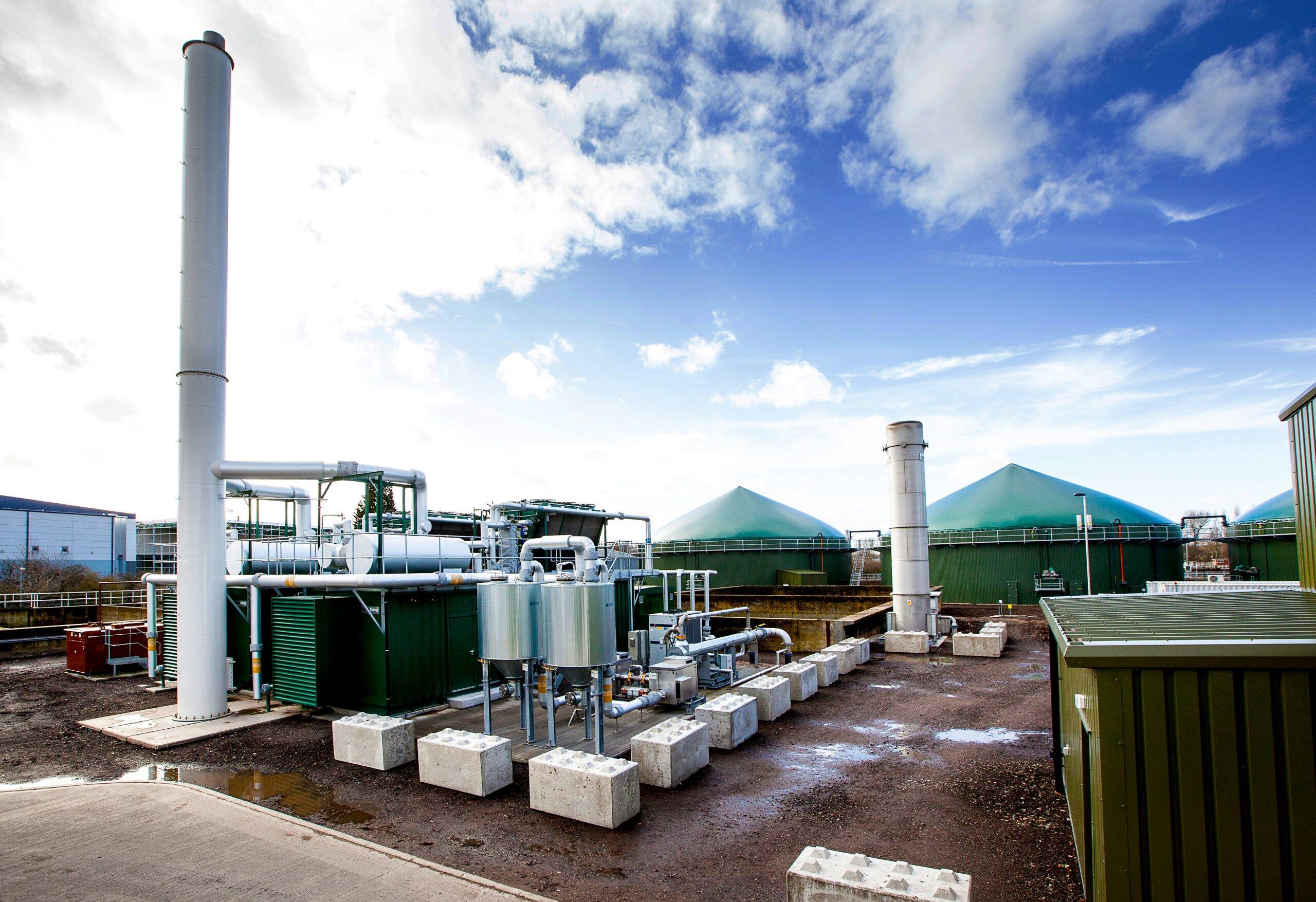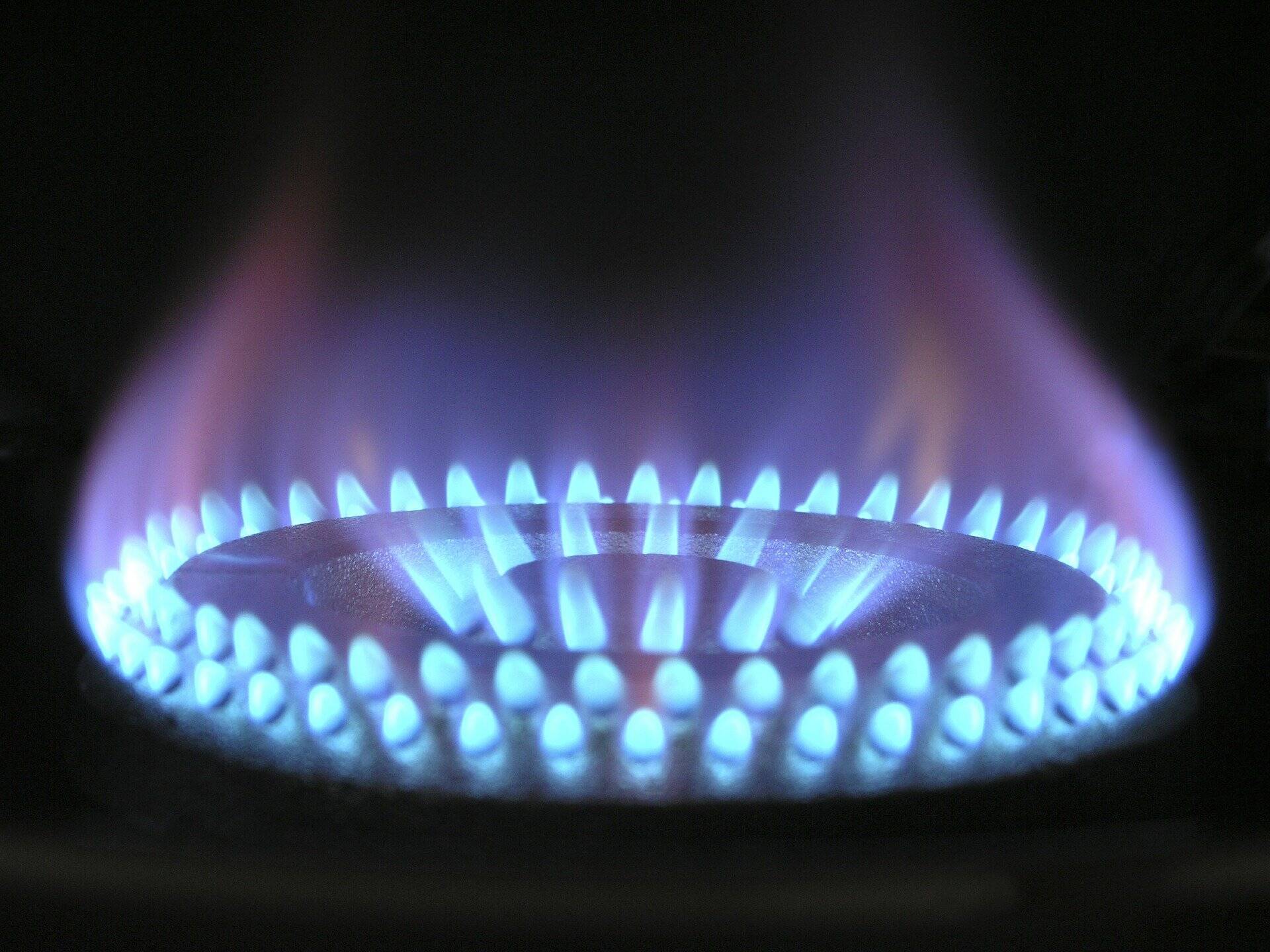You’ve reached your limit!
To continue enjoying Utility Week Innovate, brought to you in association with Utility Week Live or gain unlimited Utility Week site access choose the option that applies to you below:
Register to access Utility Week Innovate
- Get the latest insight on frontline business challenges
- Receive specialist sector newsletters to keep you informed
- Access our Utility Week Innovate content for free
- Join us in bringing collaborative innovation to life at Utility Week Live

Severn Trent bioresources strategy and commercial manager Simon Farris discusses the firm’s continued innovation in thermal hydrolysis and its contribution to fulfilling a triple carbon pledge.
Water and wastewater company, Severn Trent, which has secured a place on the prestigious ‘A list’ by global non-profit charity the Carbon Disclosure Project – just one of 200 companies globally to have received the highest ranking for leading on environmental transparency and action – recently brought a fourth thermal hydrolysis plant online as part of an investment of more than £6 billion between 2020 and 2025 in new and existing assets.
Adding thermal hydrolysis allows facilities with existing anaerobic digesters to drastically increase their throughput capacity, resulting in a significant increase in biogas production and the recovery of energy from sludge.
The process works by using high temperature and pressure in a similar way to a pressure cooker to condition wastewater solids to improve digestibility.
 Injected steam heats the wastewater solids at a temperature of approximately 165°C, and a gauge pressure of 87 PSI, for 20 to 30 minutes. This combination sterilises and shatters the cell structure of bacteria in sludge, making it more biodegradable for subsequent anaerobic digestion.
Injected steam heats the wastewater solids at a temperature of approximately 165°C, and a gauge pressure of 87 PSI, for 20 to 30 minutes. This combination sterilises and shatters the cell structure of bacteria in sludge, making it more biodegradable for subsequent anaerobic digestion.
The commissioning of the £40 million facility in Coventry came just months after Severn Trent – whose area of operation stretches from the outskirts of Sheffield, down to Bristol, and into north and mid-Wales – brought its third thermal hydrolysis plant online in Nottingham in September.
Increased thermal hydrolysis usage
Though self-confessed “late adopters” of thermal hydrolysis, Severn Trent has poured close to £85 million into the wastewater treatment technology since the start of the current AMP cycle. And while bioresources strategy and commercial manager Simon Farris explains that the likes of Thames Water and United Utilities employed the process first, he claims that Severn Trent has been an early innovator in pairing it with existing anaerobic digestion facilities to boost biogas production, throughput and energy recovery.
 In 2014, for example, Farris explains that Severn Trent built its first commercial scale thermal hydrolysis plant at Minworth near Sutton Coldfield – with £60 million worth of upgrades enabling the plant to process 100 tonnes of sludge on a daily basis, increase the amount of clean energy generated by almost a third, and provide an operational model that Severn Trent is rolling out across its region.
In 2014, for example, Farris explains that Severn Trent built its first commercial scale thermal hydrolysis plant at Minworth near Sutton Coldfield – with £60 million worth of upgrades enabling the plant to process 100 tonnes of sludge on a daily basis, increase the amount of clean energy generated by almost a third, and provide an operational model that Severn Trent is rolling out across its region.
As such, Severn Trent committed to its latest plant in Coventry at the end of the last AMP cycle before signing contracts in 2019. Two covid-stricken years later, facilities at both Nottingham and Coventry, have come online. The latter, Farris claims, can process up to 120 dry, solid, tons of sludge per day at peak output.
In expanding its facilities, Severn Trent has worked closely with Norwegian-based wastewater management company and tech provider, Cambi – which devised its thermal hydrolysis process in the early 1990s.
“We’ve learned a lot of lessons from the sites that they’ve developed and have been starting to influence the Cambi user group,” Farris says of the collaboration. “A couple of our teams have actually been giving almost webinars on how we’ve utilised the technology and taken it a bit of a step further.”
Combining multiple technologies
Discussing its continued innovation in thermal hydrolysis and anaerobic digestion, Farris explains that Severn Trent’s Nottingham and Coventry plants have been built with “very similar footprints” – harnessing both the latest thermal hydrolysis and gas upgrading technology.
“We’re combining multiple technologies you will probably find in other places,” he says. “What we’re doing is piecing a number of bits of that jigsaw together so that we can produce the most efficient sites overall.”
 This, Farris adds, has seen Severn Trent explore opportunities and technology around CO2 recovery – for instance in a project which converts sludge into a high grade fertiliser pellet, the first time the technology has been applied to the wastewater treatment process.
This, Farris adds, has seen Severn Trent explore opportunities and technology around CO2 recovery – for instance in a project which converts sludge into a high grade fertiliser pellet, the first time the technology has been applied to the wastewater treatment process.
As reported by Utility Week in December, Severn Trent began utilising carbon capture technology in sewage treatment processes to create the sustainable fertiliser from waste.
The company partnered with CCm Technologies to use captured carbon dioxide to stabilise nitrogen, phosphates and organic chemicals contained in waste and turn it into plant nutrients.
Minimising customer costs
Farris adds that the additional green power produced off the back of thermal hydrolysis use is being employed in a wide number of end sources – “whether heating our own buildings or powering our vehicles, we’re looking at all the alternatives that are out there,” he says. “An amount of the biogas is used in combined engines to heat and power the sites and sewage treatment works that they’re situated on.”
 What’s more, with Ofgem recently announcing that the price cap on default tariffs will rise by £693 in April to £1,971 following the quadrupling of wholesale energy prices over the last year – a measure affecting an estimated 22 million households – Farris explains that increased biogas production can have knock-on benefits for Severn Trent’s customers.
What’s more, with Ofgem recently announcing that the price cap on default tariffs will rise by £693 in April to £1,971 following the quadrupling of wholesale energy prices over the last year – a measure affecting an estimated 22 million households – Farris explains that increased biogas production can have knock-on benefits for Severn Trent’s customers.
“In an ideal world, the four sites as a whole would produce around about 650 megawatt hours of green gas – around about 235 gigawatt hours of green gas produced each year. That’s the equivalent of around 15,000 homes in the UK,” he says.
“Predominantly, what it allows us to do is produce energy that we don’t have to procure as a business. In the volatile energy markets at the moment, it’s a great way to protect our customers from the volatility, the price fluctuations that are in those commodities currently.
“When we generate the energy, we can obviously offset our own usage which allows us to keep power and, fairly soon, transport costs down to the absolute minimum,” he continues. “From our perspective, it provides us with a great barrier against some of those external forces and allows us a bit more control over how much it costs us to treat this waste.”
Continued expansion
 Though Severn Trent’s £85 million spend on thermal hydrolysis upgrades during the current AMP cycle will see its total investment in the technology approach the £200 million mark across four sites in the past five years – Farris adds that a fifth, £35 million, plant is in the pipeline.
Though Severn Trent’s £85 million spend on thermal hydrolysis upgrades during the current AMP cycle will see its total investment in the technology approach the £200 million mark across four sites in the past five years – Farris adds that a fifth, £35 million, plant is in the pipeline.
Currently in the process of choosing between forms of advanced anaerobic digestion to implement at the new site, Farris outlines producing renewable biomethane, enhanced sludge quality and incorporating carbon capture and recovery as top priorities.
It’s expected that the fifth facility will enable Severn Trent to boost its green gas output from in the region of 235 gigawatt hours to almost 300.
“We’re looking towards the south of our region and how we can produce the fifth site before the end of this AMP period,” he says.
“We’re also looking at how we can explore the markets to do that, so we’re talking to our neighbours on that side – Wessex and Welsh – and understanding whether there’s an opportunity for us to share what we’ve learned, develop the technology we have, and potentially offer treatment solutions.
“Once we’ve finalised technology solutions, we’re probably about 18 months out from some sort of contract award and moving towards on-site construction.”
Triple carbon pledge
The ongoing innovation and rollout of thermal hydrolysis facilities across Severn Trent’s existing anaerobic digestion infrastructure straddle the three pillars of the water company’s triple carbon pledge – to be carbon zero, use 100% renewable power, and to have an all-electric fleet of vehicles by 2030.
 For instance, Farris explains that thermal hydrolysis plants lower process emissions dramatically versus a conventional anaerobic digestion plant. “We know that we can obtain greater solids destruction, so we see less post-digestion emissions, and we’re able to recover a higher percentage of biomethane for the biogas produced,” he explains.
For instance, Farris explains that thermal hydrolysis plants lower process emissions dramatically versus a conventional anaerobic digestion plant. “We know that we can obtain greater solids destruction, so we see less post-digestion emissions, and we’re able to recover a higher percentage of biomethane for the biogas produced,” he explains.
“From a renewable energy perspective, the fact that we are generating more energy per ton, and that we are upgrading it to its maximum efficiency, means that we will be increasing the amount of renewable energy that we generate from these sites, and feed it out into the communities,” he continues.
“And then from a vehicles perspective, we’re already looking at purchasing some compressed natural gas vehicles to do the HGV work on our fleet – these can be powered off biomethane and we see them as a stepping stone to zero emissions vehicles at some point in the future. We’re focusing really hard on that circular economy piece and how it can support our triple carbon pledge.”

See this content brought to life at Utility Week Live, 17-18 May 2022 NEC Birmingham
New approaches to wastewater treatment and resource recovery is one of the frontline challenges at the heart of Utility Week Live 2022’s live content programme.
View the challenges and be alerted for tickets to the industry’s most eagerly awaited reunion at utilityweeklive.co.uk.
Please login or Register to leave a comment.